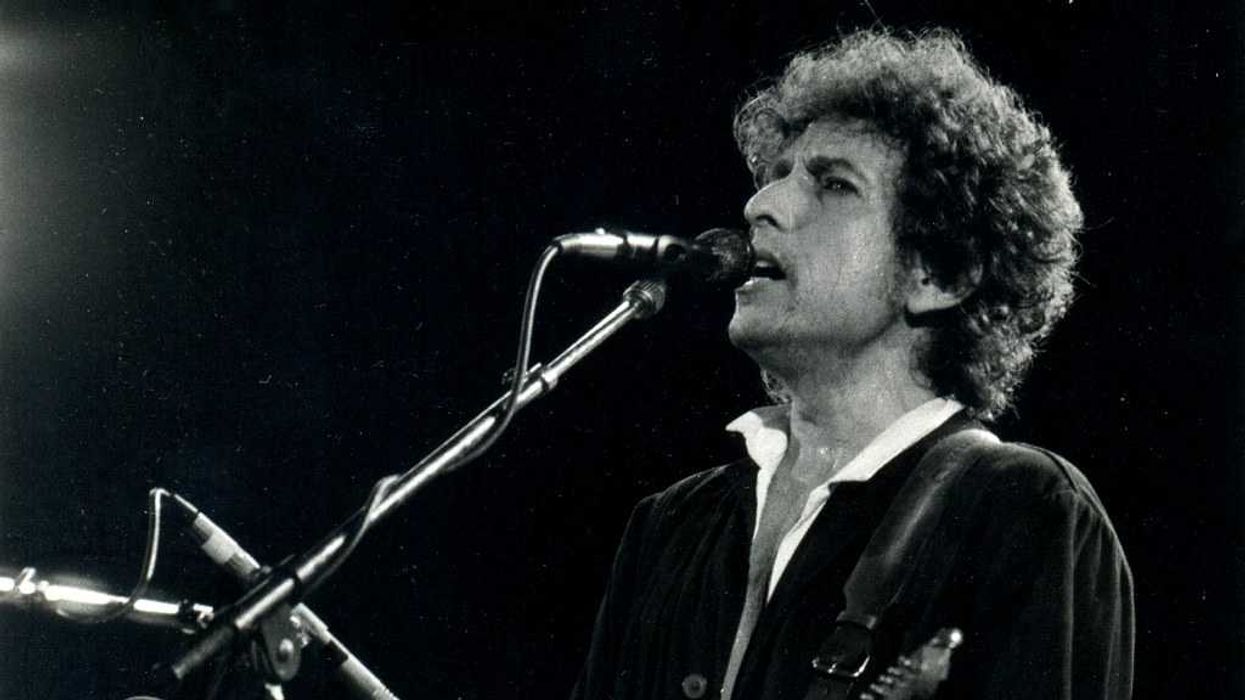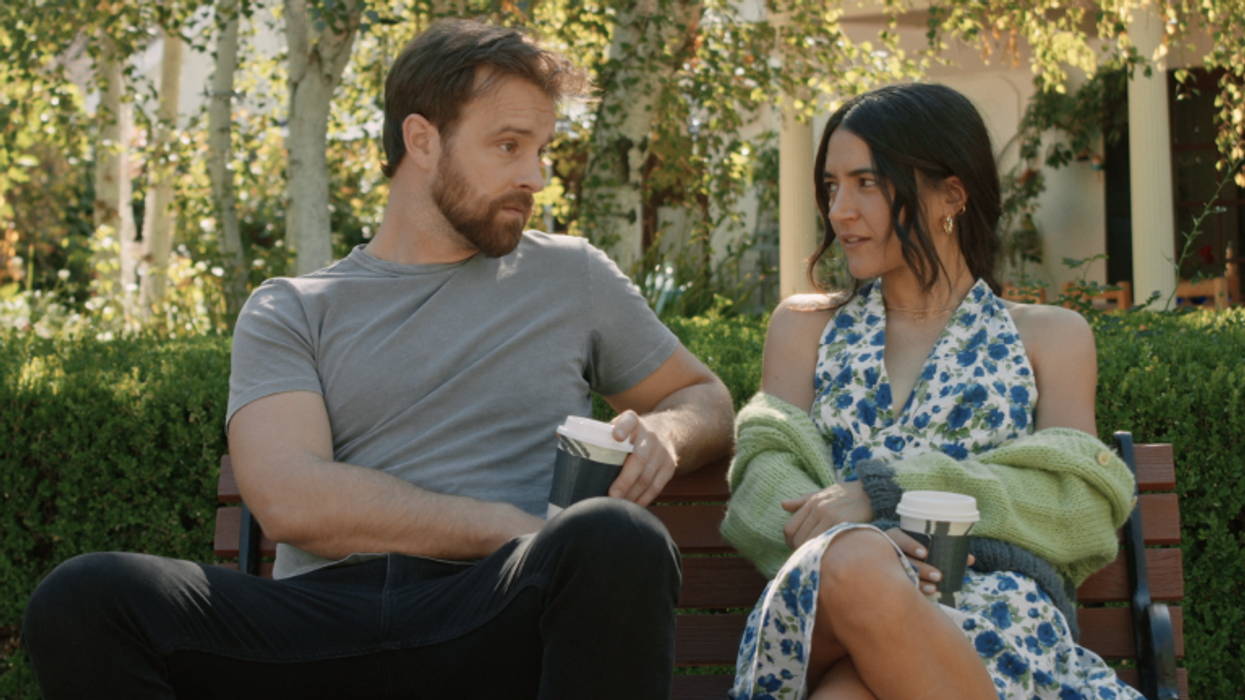David Nevins is co-publisher of The Fulcrum and co-founder and board chairman of the Bridge Alliance Education Fund.
There is a long history in the United States of presidential candidates receiving important celebrity endorsements that many argue have tipped the tide from one candidate to another.
As far back as 1920, when Warren Harding was endorsed by film stars including Lillian Russell, and 40 years later, when John F. Kennedy was endorsed by Rat Pack members Sammy Davis Jr. and Peter Lawford, celebrity endorsements have been highly courted by presidential candidates.
More recently, Oprah Winfrey endorsed Sen. Barack Obama early in the 2008 race when he still lacked much of a national following; in 2020, Joe Biden received endorsements from stars such as Tom Hanks, Bruce Springsteen, Brad Pitt and Jennifer Lawrence just to name a few.
Celebrity endorsements aren’t limited to Democratic candidates. Ronald Reagan in 1980 was endorsed by Frank Sinatra, Pat Boone and Dean Martin, and in 1968 sport stars Wilt Chamberlain and Joe Lewis threw their support behind Richard Nixon.
But today, in the age of social media where the influence and reach of celebrities is greater than ever, one superstar stands above the pack. All eyes are on Taylor Swift as we wonder whether she will endorse Biden over Donald Trump.
The youth vote is critical in the 2024 presidential election and many believe that, due to the age of the two likely nominees, young voters simply won’t show up on Election Day. But enthusiastic support from the 34-year-old pop star, who endorsed Biden in 2020, may get huge numbers of them to vote.
Of course the president desires her support, but even if Swift doesn’t endorse Biden, her influence can be felt if she simply asks her followers to get out and vote. Her power was proven in the last election when one Instagram post led to over 30,000 new voter registrations. Swift has a staggering 279 million Instagram followers.
We have seen her power as an influencer during football games as she cheered for her boyfriend, Travis Kelce of the Kansas City Chiefs. In early October, her attendance at a game and repeated shots of her cheering contributed to 27 million people tuning in – the most viewers since the previous Super Bowl. And 55.4 million people watched the game between the Chiefs and the Baltimore Ravens on Jan. 28, making it the most watched AFC championship game in NFL history.
Already MAGA supporters are showing their concern as conspiracy theories abound suggesting the Kansas City Chiefs are headed to the Super Bowl as part of a psychological plot organized by Biden and the Democratic Party.
Whether pre-emptive attacks on Swift by Republicans will be amplified and whether Trump himself will dare to go after her are questions that could have a greater impact on the upcoming election than important policy debates such as abortion, immigration, and support for Israel and Ukraine.
And so is the world of politics in the United States.























